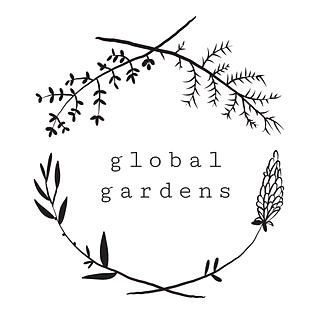FRENCH BEAN TRIALS; TASTING NOTES BY @HERBIVORE
- Global Gardens
- Sep 12, 2022
- 2 min read
Tasting three varieties of French beans proved to be a harder tasked than I imagined. Each one was recognisably different, but subtly so. With concentration I could discern differences in taste and aroma but I quickly became aware that I lacked the language to express those variations. It was interesting to think about how rarely I concentrate that carefully on the true taste of vegetables, how the strongest tastes dominate and many of the shades and subtleties of flavour are missed or lost. Interesting too that I could find very little information on the taste of beans in any of the cookbooks I have (although I did find many differing opinions on the Absolutely Correct Way to cook them) and even in seed catalogues it is rare to find anything more descriptive than “great flavour”.
I picked the beans at Global Gardens in the morning and had them ready to eat within 45 minutes - the closer in time to picking them the better: their natural sugars turn to starch very quickly. I cooked each variety in exactly the same way: approx 100g of them boiled in 1 L of water for 8 minutes with a lid on. I seasoned the water with 5g salt. After tasting them like that I added a tiny bit more salt to enhance the flavours and make them more distinguishable. I resisted the strong urge to toss them in a lemony, mustardy vinaigrette.
Aside from differences in size (and although the some were quite small and thin, none seems too big to me to be acceptable), all the beans had the same pale, olive green colour before cooking and none needed de-stringing. Oh, and all were delicious.
Tender green
These had the strongest, largest plants with the largest leaves. They had produced the biggest pods with the most developed seeds (although I don’t know for sure that they were planted at the same time as the others).
Of the three, these had the most “bite” to them but were not at all tough. They were slightly mealy in texture with a slightly mushroomy, earthy taste. They had the classic “green” aroma of cut grass. Definitely the blandest variety, but that was possibly due to their size.
DB02
These plants were smaller with smaller, darker leaves, smaller beans and a lower yield of pods per plant. Their taste was distinctly sweet and buttery with a little lemon-like acidity to finish. The classic green grass aroma was present but a little more herbal than the others. I thought that these were easily the best tasting of the three and had an excellent texture: a slight bite to them that quickly gave way to melting, butteriness.
DB04
These were the smallest plants and had been very badly damaged by pests. Only one specimen had really survived but had by far the biggest yield of pods of any of the plants of any variety. Their taste was also buttery with a hint of acidity and very grassy. The bigger beans of this kind had already become slightly tough - definitely one to pick very early.












Deccan Delights USA offers authentic Indian cuisine with rich flavors and traditional recipes, bringing a taste of India to every meal. Hussain Catering ensures exceptional quality and service for events, making every occasion memorable. Experience the best of Indian dining with their diverse menu and catering expertise.
Hussain Catering & Carry Out offers delicious, freshly prepared meals with exceptional service for every occasion. From family gatherings to large events, they specialize in quality food that satisfies every taste. Discover the perfect blend of flavor and convenience with Hussain Catering & Carry Out.